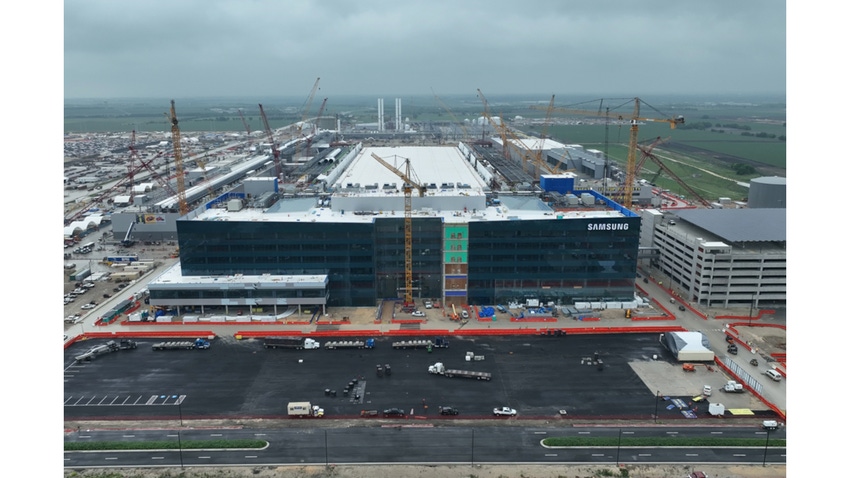Samsung Gambles on Texas to Strengthen U.S. Presence
With CHIPS Act help, Korean electronics giant banks on expanded onshore plants to fend off U.S. rivals.

At a Glance
- South Korea-based Samsung is using CHIPS Act funding to expand its U.S. manufacturing plants in Texas
- Samsung is also ramping up the development of advanced memory products for AI
While the booming AI market has propelled Nvidia to being the second largest semiconductor supplier behind Intel, Samsung has slipped to the third largest supplier, due in part to slumping demand for memory over the past year. While memory is expected to bounce back in 2024, Samsung also hopes that a stronger onshore presence will help the South Korea-based semiconductor supplier regain some of its lost momentum.
To this end, Samsung recently received $6.4 billion in funding from the CHIPS Act, and the company is pouring those funds to strengthen its North American manufacturing presence. Far from being a stranger on U.S. soil, the company is expanding its manufacturing facility in Taylor, TX, which has been in operation since 1996. The additional investment through the CHIPS and Science Act means Samsung will invest more than $40 billion in the region in the coming years as one of the largest foreign direct investments for a greenfield project in United States history. Samsung expects the larger plant to produce chips for automotive, consumer technology, IoT, aerospace, and other industries.
Samsung’s onshoring efforts are keeping pace those of U.S.-based manufacturers such as Intel and Micron, as well as Taiwan-based foundry TSMC.
Samsung hopes that bolstering its U.S. supply chain can restore some of the company’s lost momentum in the most recent electronics industry downturn, which in has in particular been brutal for the company’s memory business. like other memory suppliers, Samsung has been hit by lagging demand and falling prices over the past year.
Advancing Memory
In response, Samsung has also been channeling more R&D toward advanced memory for AI applications.
Samsung is preparing new 3D structures for sub-10-nanometer (nm) DRAM, allowing larger single-chip capacities that can exceed 100 gigabits (Gb). Following 12nm-class DRAM that began mass production in May, 2023, Samsung is working on its next-generation 11nm-class DRAM, which is reportedly set to offer the industry’s highest density.
In addition, Samsung is moving to shrink cell sizes and refine channel hole etching techniques in its quest to develop 1,000-layer vertical NAND (V-NAND). Development is on track for Samsung’s ninth-generation V-NAND to provide the industry’s highest layer count based on a double-stack structure.
Samsung has also introduced its next-generation HBM3E DRAM, named Shinebolt. The HBM3E boasts an impressive speed of 9.8 gigabits-per-second (Gbps) per pin speed, meaning it can achieve transfer rates exceeding up to more than 1.2 terabytes-per-second (TBps).
AI and Mobile
Given Samsung’s history with mobile products, it is not surprising the company is looking at the mobile sector for future AI products. Samsung recently announced it would collaborate with Arm on a next-generation Cortex™-X CPU developed on Samsung Foundry’s latest Gate-All-Around (GAA) process technology. Both companies plan to reinvent 2-nanometer (nm) GAA for next-generation data center and infrastructure custom silicon and develop an AI chiplet solution that for future generative artificial intelligence (AI) mobile computing applications.
About the Author(s)
You May Also Like





